It’s hard for us here, well into the twenty-first century, to realize how different the world was at the beginning of the last century. The Monroe/West Monroe area was thriving, but outside of the main towns, it was rural, with dirt roads into town that were not more than trails in some places. Many rural families lived without electricity or running water, and if you needed to talk to your neighbors or get a message to your family, you went there in person by foot or mule, or horse. If they lived further away, you wrote a letter or sent a telegraph. Telephones were not widely used, and people like Jim and Etta Mae, who lived in remote areas, may have gone days, or even weeks, without seeing or talking to anyone other than those in their own households. Although cars were becoming more and more available, especially with the production of the Ford Model T, locals like them used horses and mules to ride, or pull their wagons and buggies. Bicycles were also widely used, and long journeys were made on the train.
Stagecoach in Monroe 1915
1915 Steam Engine headed west from the Kansas City Southern Depot in DeQuincy, LA
The world was raging the same as today, but people were not drunk on the constant flow of information and misinformation being poured into their brains as we are. Jim and Etta Mae, like many others in the area, were going about the business of surviving and making a life one day at a time, unaware of much of the chaos. World news came to them via the newspapers, or magazines, when they could get one, word of mouth from informed friends and family, or local speakers and politicians.
World War I happened a world away from them when it began in 1914, then expanded with the involvement of France, Britain, and Russia (The Allied Powers) against Germany, Austria-Hungary, the Ottoman Empire, and Bulgaria (The Central Powers.) They knew little of the horrific fighting in the rat infested trenches where thousands were being killed daily, not only by German artillery and bayonets, but also by disease from the filthy conditions, and by poison gas.(Encyclopedia.com)
One account written by an American, Arthur Empey who joined the British Army in 1915, tells of the horror of the gas. In his book published in 1917, Over the Top, Empey describes what was called a gas helmet as made of cloth and treated with chemicals to neutralize the gas. It had two windows, or glass eyes, through which you could see and a rubber covered tube for the mouth. British soldiers were issued two gas helmets and required to carry them at all times, even when they slept. “Gas travels quietly, so you must not lose any time; you generally have about eighteen or twenty seconds in which to adjust your gas helmet.” (Gas Attack, 1916) His book became a best seller and was made into a silent film by the same name in 1918.
By 1918, the war became the daily headlines in the Monroe News-Star after the United States joined the Allied Powers, when Germany sank the Lusitania, a British luxury ship with Americans on board. President Woodrow Wilson outlined his famous Fourteen Points to winning the war, and The Selective Draft Act was enacted on May 18, 1917, requiring all men between the ages of 21 and 30 to register with local draft boards for military service.(Encyclopedia.com) At 21, Jim had to register, but he was classified as class IV and exempted, due to being married with dependents that would not have enough income without him. His younger brother, John C. (Jack), did serve and reached the rank of sergeant in the 43rd infantry. He was not wounded in action, but later lost both his legs due to Buerger’s Disease, a rare disease of the arteries caused by using tobacco.

Uncle Jack (second from left) and army buddies
As the war raged on, Jim and Etta Mae read about it in the papers or on flyers posted around town, or heard through Jack in an occasional letter sent to his mother. Since radio was not commonly used before 1920, Wilson’s Committee for Public Information produced thousands of news releases for The Associated Press and sent out more than 75,000 speakers to promote his war plans around the country and rally Americans to the cause. (Smithonianmag.com) Wilson’s campaign worked, and most people in the Monroe area supported the war. Jim and Etta Mae may have seen the movie “Over the Top”, in the summer of 1918 when it was shown at the Picture Garden theater in Monroe, and described by the Monroe News-Star as “ the most noteworthy event in the history of the Picture Garden, and one of the most inspiring patriotic incidents this city has witnessed, since the United States entered the war!” (Monroe News-Star) They had a close family member who served, knew names that were prayed for at church, or friends and acquaintances that were drafted, but were relieved that Jim was not among them.
Alongside the war was another killer in the world that struck much closer to home, the Spanish flu epidemic, that began in the summer of 1917, a second wave hit in 1918, and it lasted until 1920. A recent post on History.com states, “Blue lips. Blackened skin. Blood leaking from noses and mouths. Coughing fits so intense they ripped muscles. Crippling headaches and body pains that felt like torture. These were the symptoms of a disease that was first recorded in Haskell County, Kansas, one hundred years ago this week, in January 1918.” It was estimated that 500 million people were infected world wide, with 50 million deaths recorded, numbers that were probably only half of the actual cases. One internet source, cdc.com estimates “if the world population was 1.8 million, the infection rate was approximately 50% and death rates were at 10%-20%.” In her book, Laura Spinney, journalist and author of Pale Rider: The Spanish Flu of 1918 and How It Changed the World, states: ” That pandemic obviously emerged when the world was at war; there were extraordinary circumstances. Lots of people were on the move, not only troops, but also civilians: refugees and displaced persons. And there was a lot of hunger.”
Flu victims in an emergency hospital at Fort Riley, in Kansas, in 1918. Photograph: Associated Pressreturning-troops-ships-and-flu-1200×926http://
An American Red Cross worker wears a gauze mask during the Spanish flu pandemic in 1918. Photo: Paul Thompson/FPG/Stringer/Getty Images
Reportedly, as many as 675,000 people died of the flu in the United States. It struck young and healthy adults more than any other group, causing great hardships for children and the elderly when breadwinners and caregivers were lost. Across the nations, whole families were wiped out, funeral parlors were overwhelmed with bodies, basic services such as garbage and mail delivery were suspended due to so many workers being ill. Scientists and doctors knew little of how to diagnose or treat the disease, usually prescribing homeopathic remedies such as chicken soup, forcing fluids, and bed rest. Most deaths occurred because of complications such as pneumonia that developed in flu victims. (History.com)
By the fall of 1918 in the Monroe/West Monroe area, local officials set up an emergency headquarters at the Elks Lodge where people could call or come in for health care. Doctors responded to the calls night and day in an effort to keep the flu from spreading. All places of business were ordered to close at 5 p.m. each day, discouraging crowded conditions at night in the bars and movie theaters. The front page of the local newspaper in Monroe included daily headlines regarding the war, and recommendations on controlling the flu from the U.S. Department of Public Health, the state of Louisiana, and local health officials. People were encouraged to avoid crowds, get fresh air, eat healthy, and cover their coughs and sneezes, and ads for remedies were common. Those who contracted the disease were to be isolated as much as possible, and caretakers were instructed to burn rags or cloths used for spital and to wear masks and aprons when caring for the sick ones. St. Francis Sanatorium, the local hospital, had its seventy-five beds full, with extra beds in the waiting areas, but according to local health officials, the strain that infected the Monroe/West Monroe area was mild compared to other areas of the country, with 512 cases reported and 3 deaths. (The News Star, Oct., 1918)
” At the 11th hour of the 11th day of the 11th month of 1918, Germany signed an armistice agreement with the Allies that signaled the end of a four-year global war that killed 14 million people and wounded 21 million others.” (Good Housekeeping.) At the same time, the flu epidemic began to subside. By the time the Treaty of Versailles was signed in June 1919, officially ending the war, the epidemic ended as well.
Miraculously, Jim and Etta Mae’s young family had stayed healthy, and Etta Mae was pregnant with their third child, Oliver. Jim continued to hunt, trap and fish to support his growing family, but there was always a need for more money. He got help from an unusual source the following year.
The Temperance Movement, made up of church groups, business men, women’s rights groups, and political reformers were moving toward a dry society and began to call for a nation-wide law banning alcoholic substances. Many of the supporters of the Temperance Movement, were also well-known activists for womens’ right to vote. They became so powerful that politicians were afraid to oppose them, so the 18th Amendment to the Constitution of the United States was proposed and ratified with little opposition in January 1919, and the 19th Amendment was ratified in 1920 giving women the right to vote. Local women’s groups in Monroe were active in the movement and were elated, since a parish wide vote for prohibition had passed by a narrow margin in November, 1917. (The News-Star)
The 18th Amendment prohibited the sale, manufacture, and transportation of alcoholic beverages, but not the consumption of them, and was not imposed upon the nation until January 1920 to give the liquor industry time to adjust. The Volstead Act was a law written to define the process and procedures for banning alcohol, including beer and wine which led to much controversy, and later to the rise of organized crime in the United States. (History.com)
Prohibition created a market for liquor, so Jim built a still and peddled his brew, along with the pork and fish, out of a horse drawn wagon on the streets of Monroe and West Monroe. The magazines Etta Mae liked to read were filled with articles on nutrition, child care, and homemaking tips, as well as, women’s rights, religion and advice against smoking and drinking. She agreed with it all, including prohibition which was the law, but Jim did not feel the same, and they fought when he came home after drinking. When he drank, he was mean, and at times Etta Mae would have to fight him off the children. After Jim started making whiskey he was drinking more often, now that he had his own supply.

Whiskey still in the woods 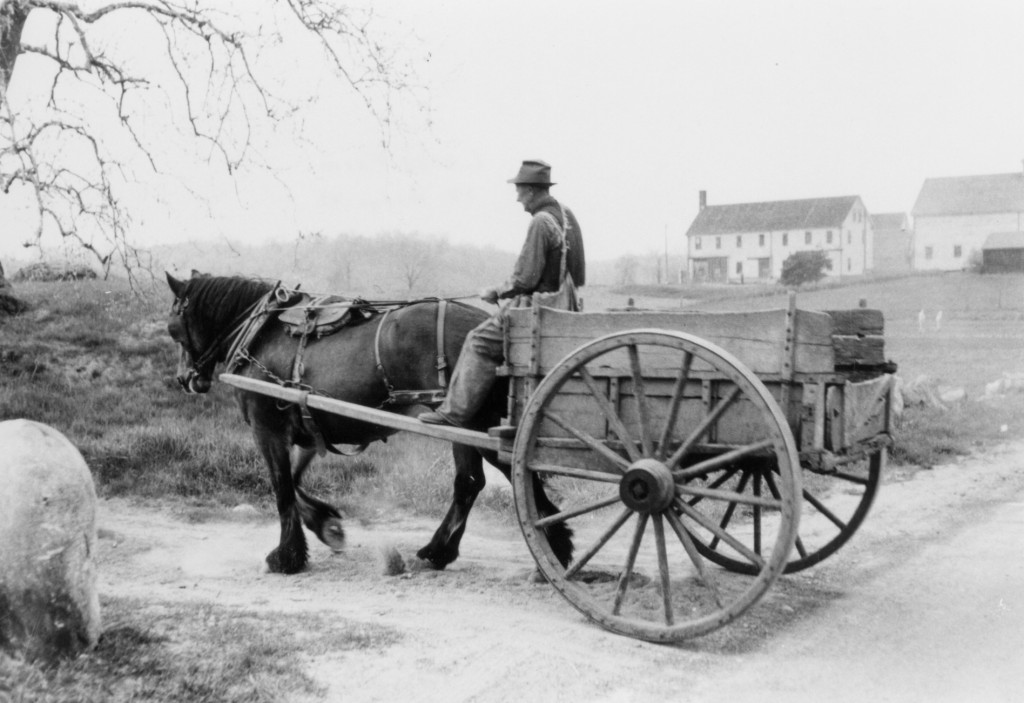

Jim used a horse drawn wagon to sell his products, including whiskey, in Monroe/West Monroe.
http://www.wlfarm.org/history/
Political cartoons like the one above appeared in newspapers across the country during the push for Prohibition. https://prohibition.themobmuseum.org/the-history/the-road-to-prohibition/the-temperance-movement/
Local grocery and hardware stores legally sold everything that he needed to make whiskey – the still, corn, corn sugar, corn syrup, bottles, and corks. According to one online article on prohibition, the ban on alcohol was impossible to enforce because Americans across the country were making their own liquor in cities, towns and on farms. “The bureau seized almost 697,000 stills nationwide from 1921 to 1925. From mid-1928 to mid-1929 alone, the feds confiscated 11,416 stills, 15,700 distilleries and 1.1 million gallons of alcohol. The bigger stills were known to churn out five gallons of alcohol in only eight minutes. Commercial stills in New York could put out 50 to 100 gallons a day at a cost of 50 cents per gallon and sell each one for $3 to $12. By 1930, the U.S. government estimated that smuggling foreign-made liquor into the country was a $3 billion industry ($41 billion in 2016).” (The Mob Museum.org)
Prohibition was laughable. Local newspapers published jokes and puns about bootlegging while local law officials issued stern warnings against it. (The News-Star) Headlines often told of politicians and other people in power caught distributing illegal alcohol on a large scale. Mob killings and activities related to bootlegging were common in the cities, and news of this made Jim more determined to get in on a small piece of the action. He continued to make and sell whiskey on and off over the next ten years until a tragic event caused him to stop.
“You will not fear the terror of night, nor the arrow that flies by day, nor the pestilence that stalks in the darkness nor the plague that destroys at midday.”
psalm 91:5-6

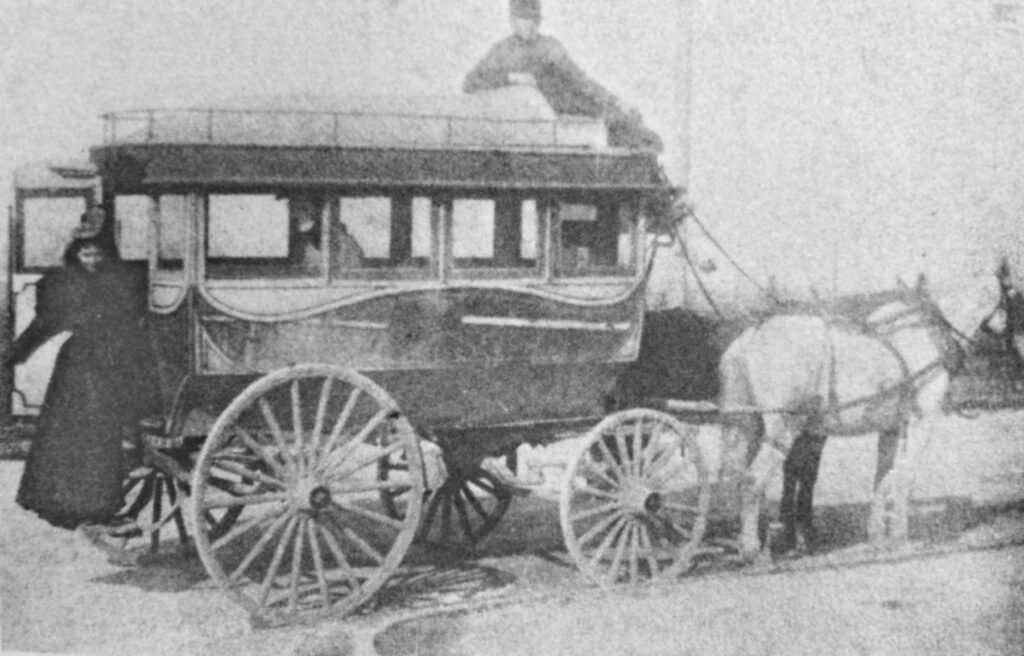


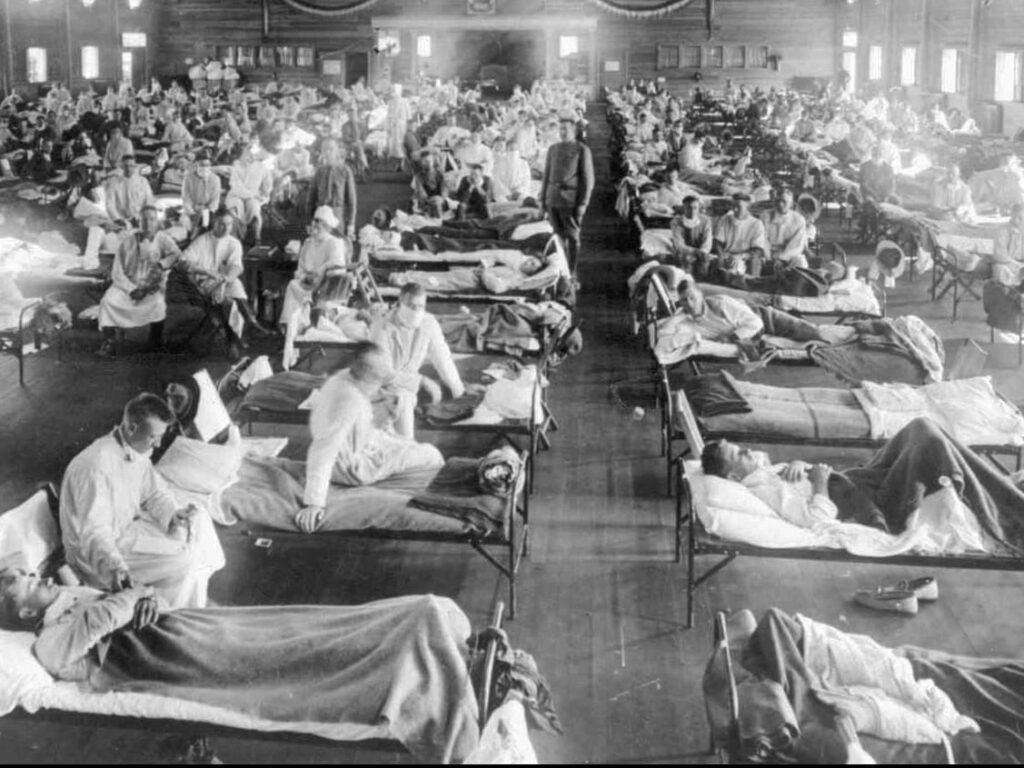
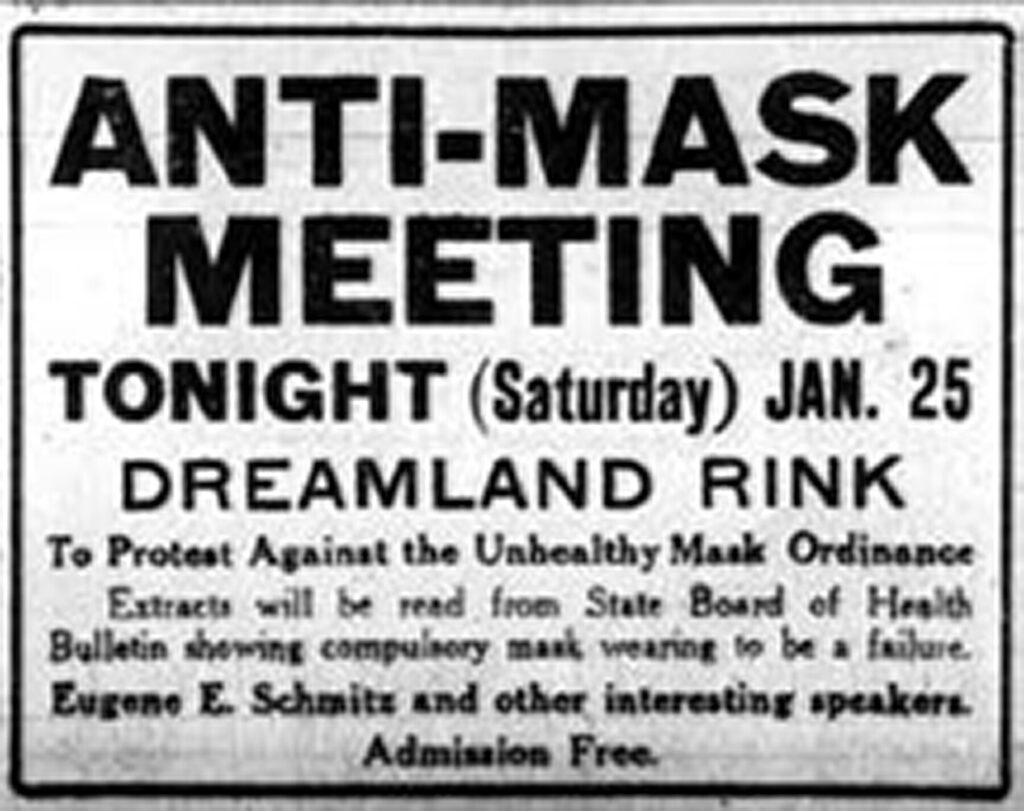
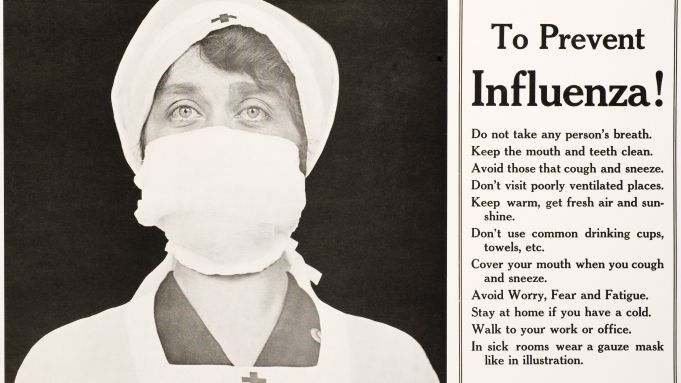
Thanks for posting this, very informative…
I am the grandson of your Uncle Carl Wilhite…